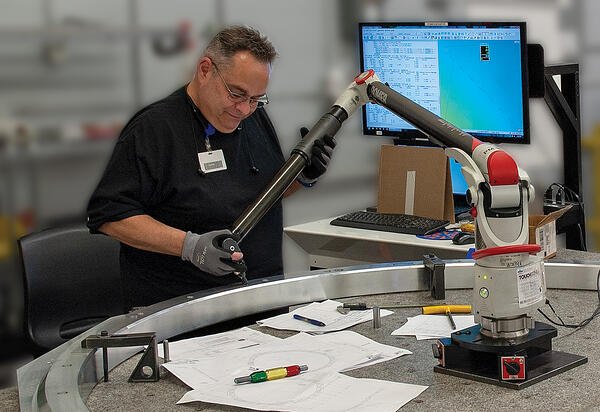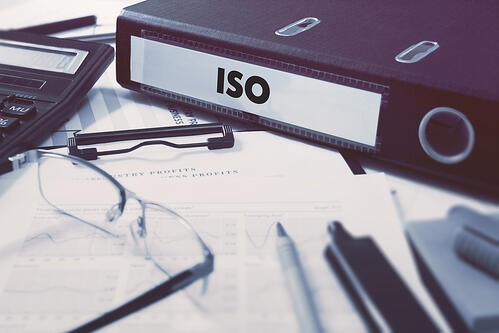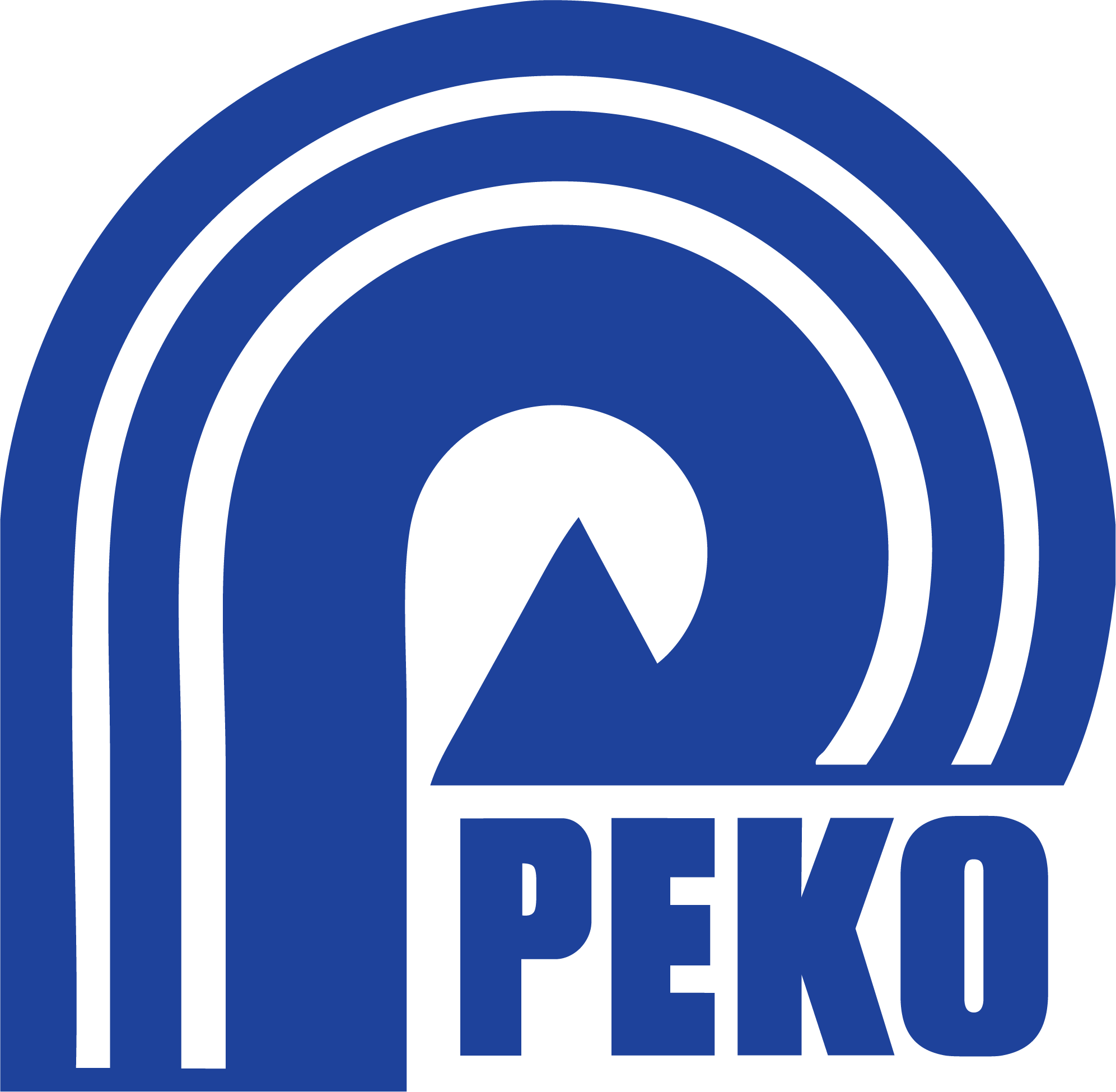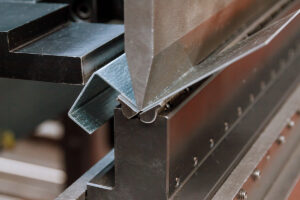We’ve shared the importance of having an NPI, or New Product Introduction and Development Division, when integrating your technology to a Contract Manufacturer–you can read about that here. However, for this blog post, we’re going to focus on how the critical steps taken during the on-boarding phase within a NPI group will drive the success of medical device product development projects down the road.
When a Medical Device Company first initiates with PEKO, we’ll determine whether they’re an established medical device company introducing a new product, or if they’re a start-up company introducing a new product. It’s important to segment startups and established corporations because startups have specific needs for their proper path to market. PEKO proudly works with both types of organizations, yet we stay aware of the specific needs for start-ups’ proper path to market. This allows us to be confident that we’re providing companies with the proper tools for their success in the market. Let’s break down what we mean by this in a more granular sense.

Start-ups require quite a bit more guidance so we can be confident in the company’s success down the road. Much of the guidance PEKO offers involves educating and advising our start-up customers due to the strict regulations and guidelines that are set forth for medical devices.
1. Quality Management System
The Quality Management System doesn’t necessarily outline the functionality of the new technology but has everything to do with how the company is managed and how it runs. In the past, PEKO has assisted start-up companies with finding consultants so we could be confident they had everything in order throughout their company in a management sense. We care about the success of the companies who come to PEKO for manufacturing, and since we have experience working in the medical industry, we understand what critical steps must be taken in order to meet regulatory requirements.

2. Quality Engineer Assignation
A Quality Engineer (QE) should be assigned to the project who, through experience, has knowledge of the requirements and expectations that come with manufacturing medical devices. Assigning a QE during the initial stages of development ensures a foundation is built using strong and proven quality principles. The QE will be involved in the review of the customer expectations including all quality requirements and supporting documentation. The QE will be tasked with reviewing applicable industry and regulatory requirements associated with the manufacture of a Medical Device. The QE will then develop plans and guidelines on how to meet those requirements and will communicate with manufacturing groups on how to achieve the quality objectives. PEKO’s QE will also help manage the documentation (DHR, DMR) required to provide clear evidence of product conformity for each build.
3. Product Labeling
There are special requirements for electrical, safety notices, etc., that must be followed for products used in the medical industry. These products must be safe for use on the general population and labels must be transparent regarding important notices.
4. Documentation (DHR & DMR)
A Device History Record (DHR) and Device Master Record (DMR) are required by the FDA for all medical devices. The DHR includes all steps taken to make the medical device while the DMR contains all steps and processes taken to produce, build, and test the medical device. Contract manufacturers are only responsible for maintaining this documentation as it relates to what they manufacture. However, PEKO is willing to assist companies with knowledge on how to ensure they are following these guidelines.
5. ECR (Engineering Change Request)

ECR stands for Engineering Change Request. Since documentation is imperative to the manufacturing of medical devices, any engineering changes must be signed off on and properly documented. Again, this aids to traceability if there an issue was to arise with the device, problems would be easily identified.
6. FMEA (Failure Mode Effects Analysis)
Failure mode effects analysis looks into how the device can fail. These analyses offer insight into what can be done to decrease the risk of severity and reduce the harm from such risks. PEKO has plenty of experience with this aspect and is happy to assist startups with this process. When it comes to risks, we begin looking at how we can change the design to minimize such risks or reduce the frequency at which they occur.
7. Regulatory Testing for End Result
Third-party test labs are completed so we are confident the technology can pass regulatory testing without having to go back through re-work. Again, this testing has nothing to do with how the technology works but has everything to do with the safety and functionality of the product–they assure the safety of the patient and operator during use. These tests must be done before hospitals can allow the technology into their facilities. If these tests aren’t run on medical devices, then down the road it will be hard to move the technology off the shelves. PEKO is happy to point companies in the direction of third-party test labs so they can meet all necessary requirements for their medical device. The following are examples of tests required for medical devices:
- Electrical Safety
- Shock Hazards
- Power Surges
- Brownouts
Medical device product development and manufacturing is a tedious process that involves critical steps to ensure both safety of a product as well as its success in the marketplace. If you’re looking for a contract manufacturer to help your company succeed, make sure they have experience in the medical industry so you can be confident in their ability to help bring you through this tedious process.
If you are interested in outsourcing your medical device manufacturing to a contract manufacturer, check out our FREE checklist to help you get started!











